Across Kentucky, 330 bicyclists were involved in collisions with motor vehicles during 2021. These bicycle accidents resulted in a total of nine bicyclists losing their lives and another 243 being injured.
Large urban populations such as Louisville present an increased risk of injury to bicyclists due to the greater amounts of vehicular traffic in close proximity to bicyclists.
Louisville Infrastructure For Bicyclists
Louisville has taken some steps to create a safer environment for bicyclists.
These include the creation of designated pathways for bike riders, including:
- Bicycle lanes on certain roadways
- Buffered bicycle lanes, which create more space between cyclists and motor vehicles
- Designated spaces near intersections called bike boxes where cyclists move to the front of traffic so motorists can more easily see them
- Shared-use paths specifically designated for skaters, bicyclists, and pedestrians
These and other bicycle-specific accommodations are identified with road markings. These facilities are not present throughout the city, but Louisville hopes to continue expanding its presence to increase bicycle safety.
Quick Facts About Louisville Bicycle Accidents
After reviewing its statistics from 2003 to 2012, several key insights were found about bicycle accidents in Louisville. These insights included:
Prevalence of Injuries and Fatalities
About 155 collisions between bicyclists and motorists occurred in Louisville every year between 2003 and 2012. That is approximately 12 wrecks every month or one every other day. During this period, 16 bicyclists were killed, and bicyclists sustained some level of injury in nearly two-thirds of every bike wreck.
Demographics of Those Injured
Although every age group rides bicycles and can potentially be hurt in a crash, bicyclists between the ages of 25 and 34 were the most likely to be involved in a collision between 2003 and 2012. Riders in this age bracket were involved in more than 15 percent of all bicycle crashes over the same period.
Where Louisville Bicycle Accidents Occur
The available statistics show that most bicycle accidents occur on major arterial roads where there is a high concentration of motor vehicle traffic.
Some of the most problematic intersections included:
- Eastern Parkway and Bardstown Road
- Bardstown Road and Grinstead Drive
- Broadway and Second Street
- South Jackson Street and East Broadway
- Taylor Boulevard and Oleanda Avenue
Most bicycle accidents in Louisville happen on dry roadways and on clear or cloudy days. They are also more likely to occur during the week between April and October and between 3:00 p.m. and 6:00 p.m.
Why Bicycle Accidents Happen in Louisville, KY
Accidents that occurred during the study period tended to happen when the cyclist and the motorist were either both going straight or when one of them was turning left. This led researchers to conclude that one of the more common reasons bicycle crashes happened was because either the bicyclist or the motorist was not following right-of-way laws.
Kentucky’s right-of-way statutes are meant to help motorists, pedestrians, bicyclists, and others safely navigate areas of congestion with high traffic volume. This includes intersections and merge points, where traffic from two or more directions converges at a signal point.
Sometimes, one person or another does not yield the right of way when legally required. In those cases, an unsuspecting motorist or bicyclist may inadvertently crash into the person.
Bicycle visibility is also a frequent issue that leads to crashes between motorists and bicyclists. Because a bicycle is not as easily visible as a large truck or passenger car, motorists can miss seeing it in crosswalks or on the side of the road. By the time a motorist does see a bicyclist, it can be too late to avoid a collision.
Louisville Bicycle Safety Laws
Those who wish to ride a bicycle in Louisville must pay attention to state laws as well as local city ordinances. In many respects, bicycles are considered to be vehicles and must obey many of the same laws that cars and trucks must follow.
Some of the safety laws that bicyclists and motorists should be aware of include:
Safe Passing Law
Like many states, Kentucky has adopted a safe passing law that requires motorists to give bicyclists at least three feet of clearance when passing. This is the bare minimum amount of clearance that motorists must give. Where circumstances or road conditions dictate, motorists should provide bicyclists with even more room.
No Riding on Sidewalks
Although no state law prohibits bicyclists from riding on sidewalks, Louisville has passed a local ordinance limiting the practice. No bicyclist may ride on a sidewalk in downtown Louisville, and no person over the age of 11 years can ride a bicycle on any sidewalk anywhere within the limits of Louisville Metro.
Helmet Laws
Another local ordinance requires any rider in a Metro Park who is under the age of 18 years to wear a helmet while riding their bicycle. Other cyclists may not be legally required to wear a helmet. However, it is still a good idea for them to do so. Wearing an approved and properly fitting helmet is one of the best ways to reduce the risk of a serious head injury.
Hand Signals Required
Because a bicycle does not have brake lights or visible turn signals, bicyclists must signal their movement intentions using hand signals. You must intermittently give the appropriate hand signal for at least 50 feet prior to making the movement. For example, if you intend to turn left, you must give the appropriate hand signal several times at least 50 feet ahead of the turn.
Bicycling Safely in Louisville, Kentucky
Combined with the efforts made by the city to increase bicyclist safety, you can protect yourself against injury by following the rules of the road and local ordinances. Be mindful of traffic around you, and remember that drivers may have a more challenging time seeing you if you are on a bike.
Of course, you should always be aware of your surroundings when on a bicycle. However, make sure to be especially cautious around high-volume intersections where a majority of bike crashes occur.







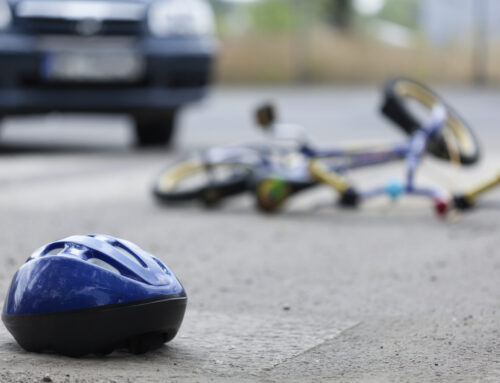

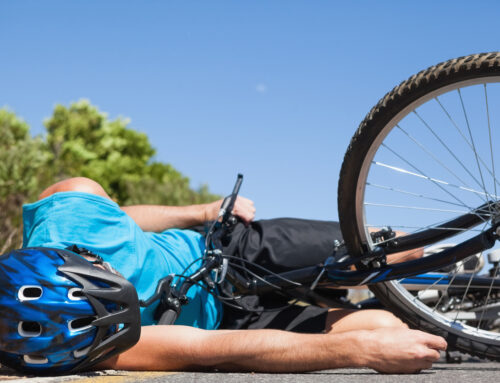
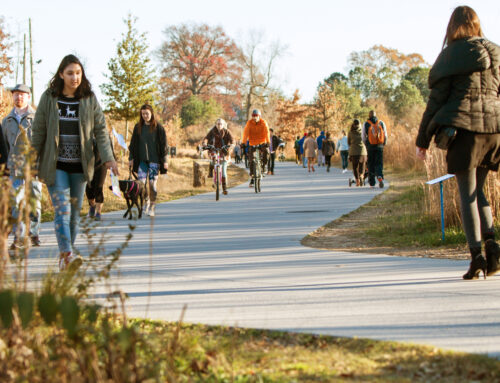





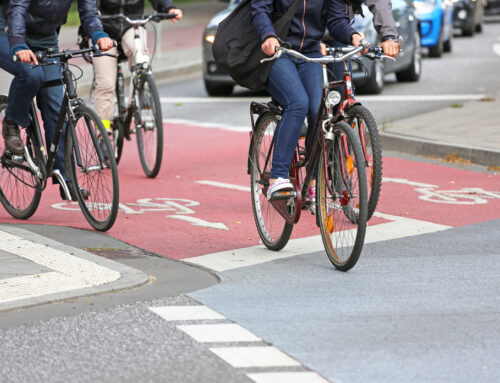



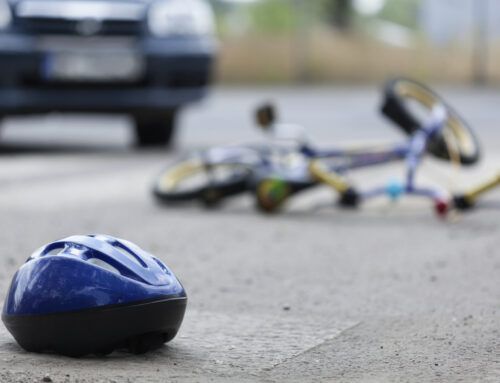
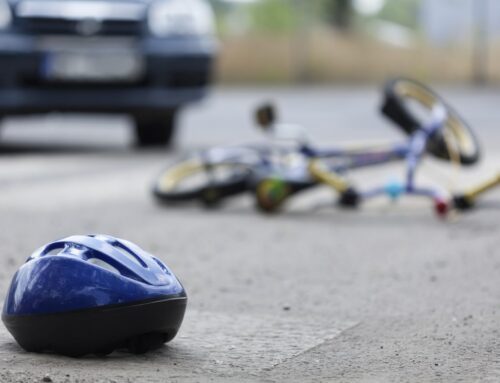







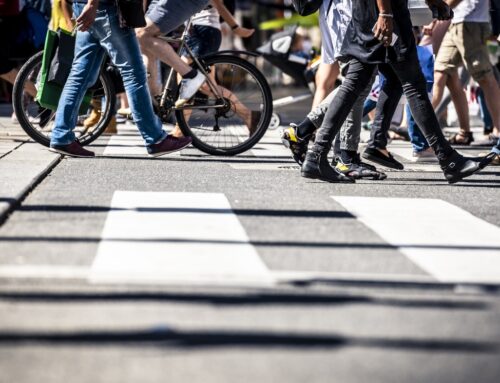
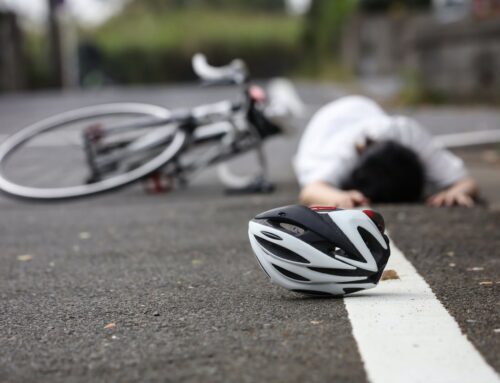

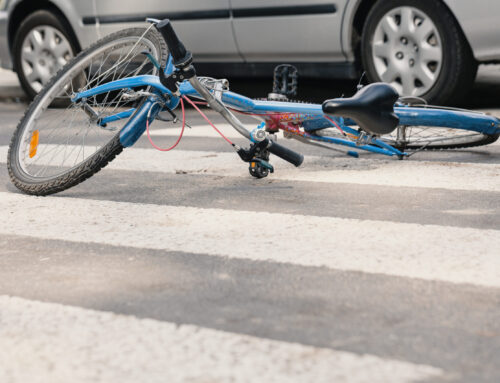

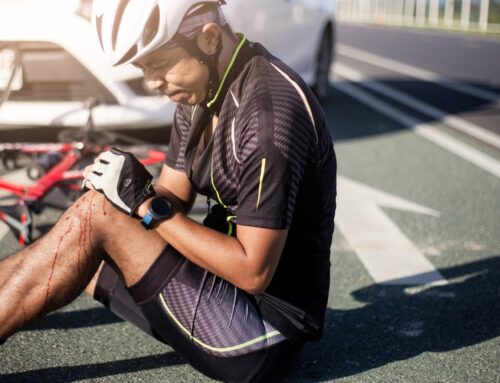




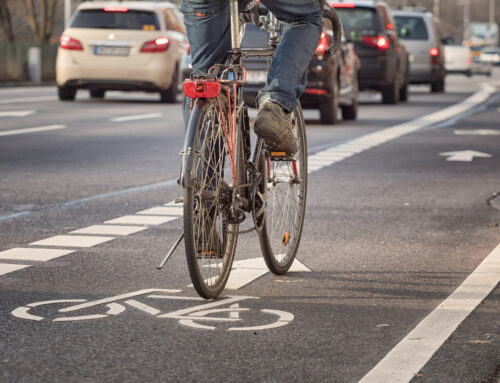


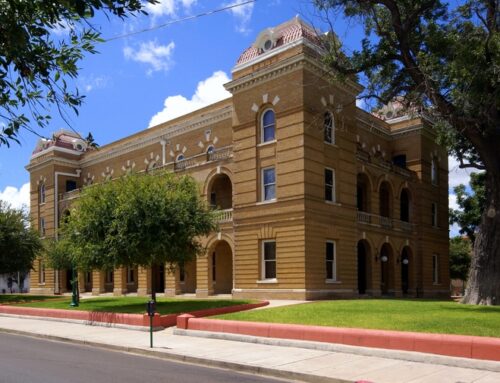

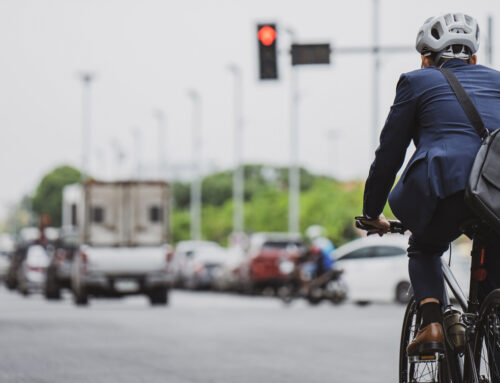
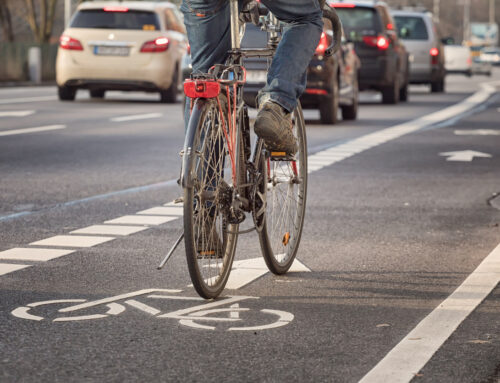




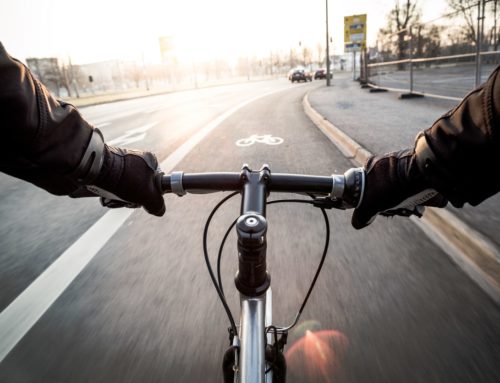

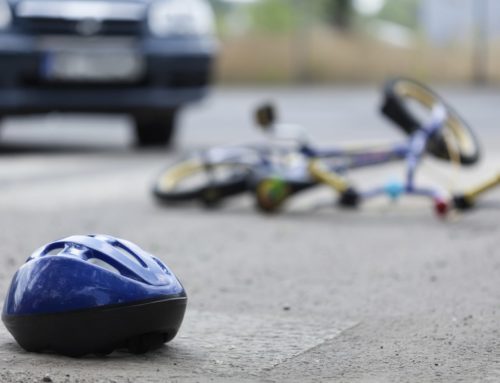






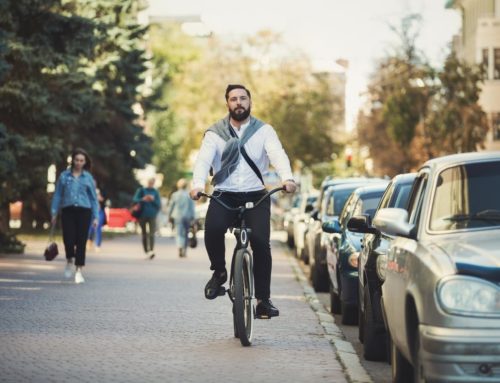



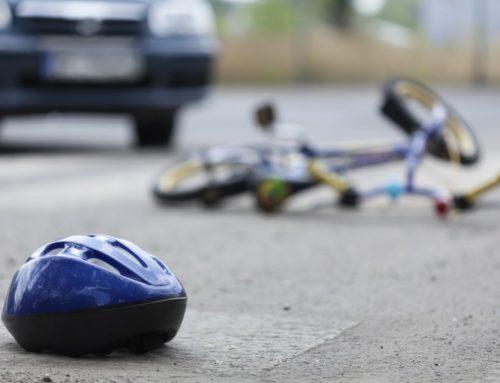


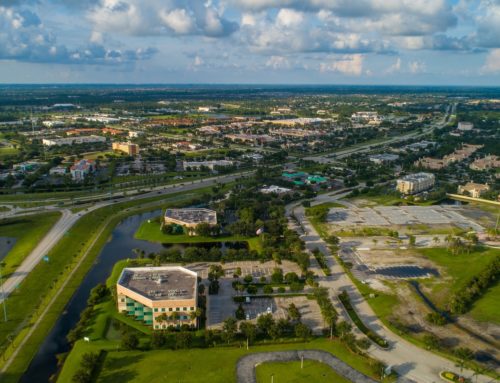
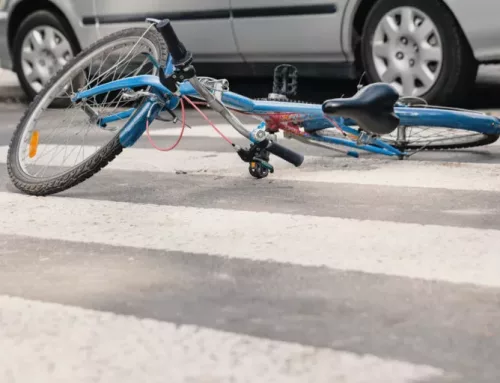


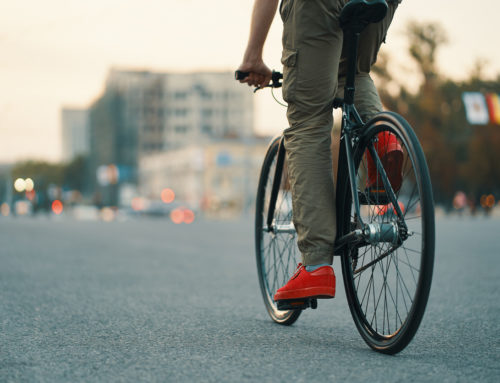
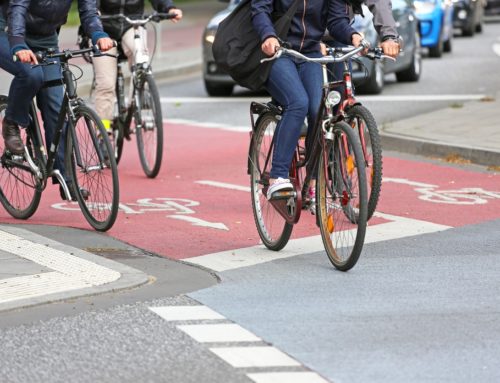
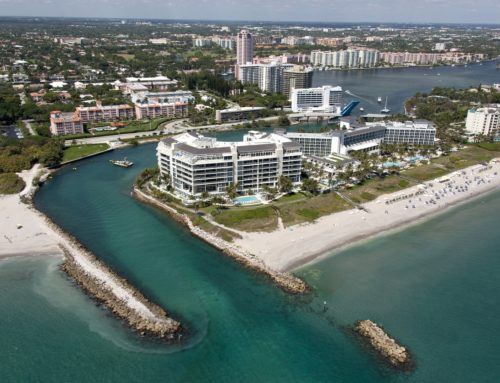

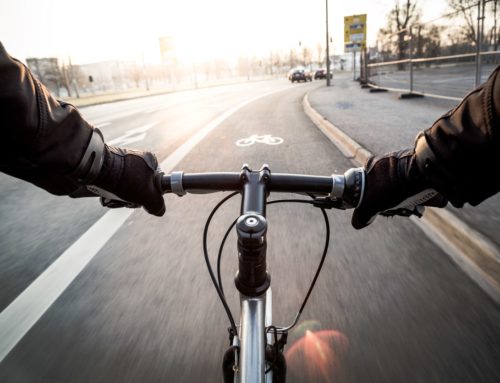


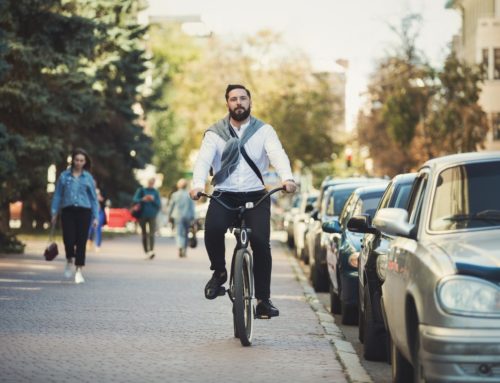

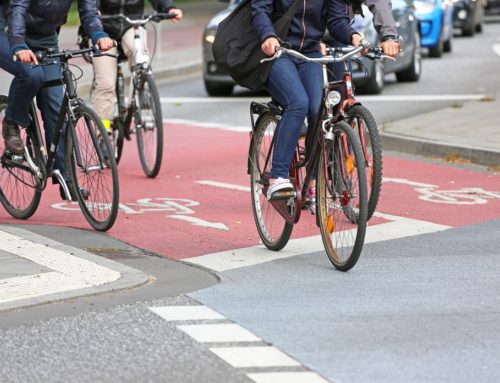

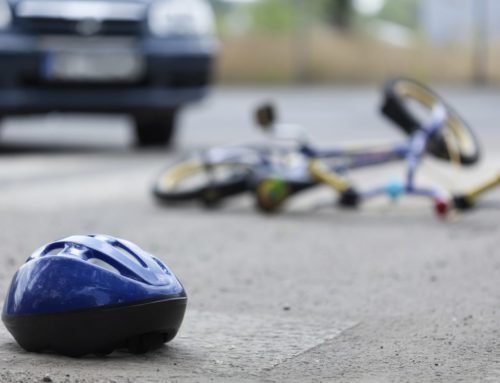
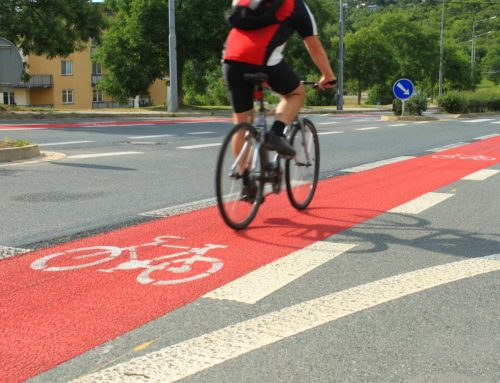









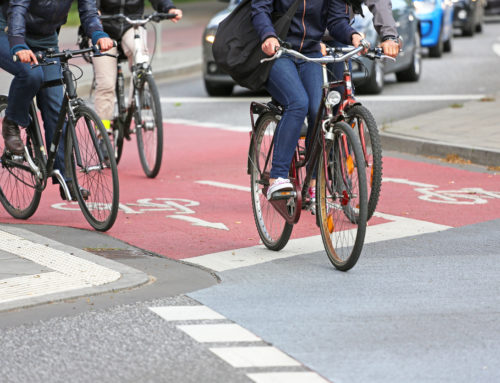


Leave A Comment